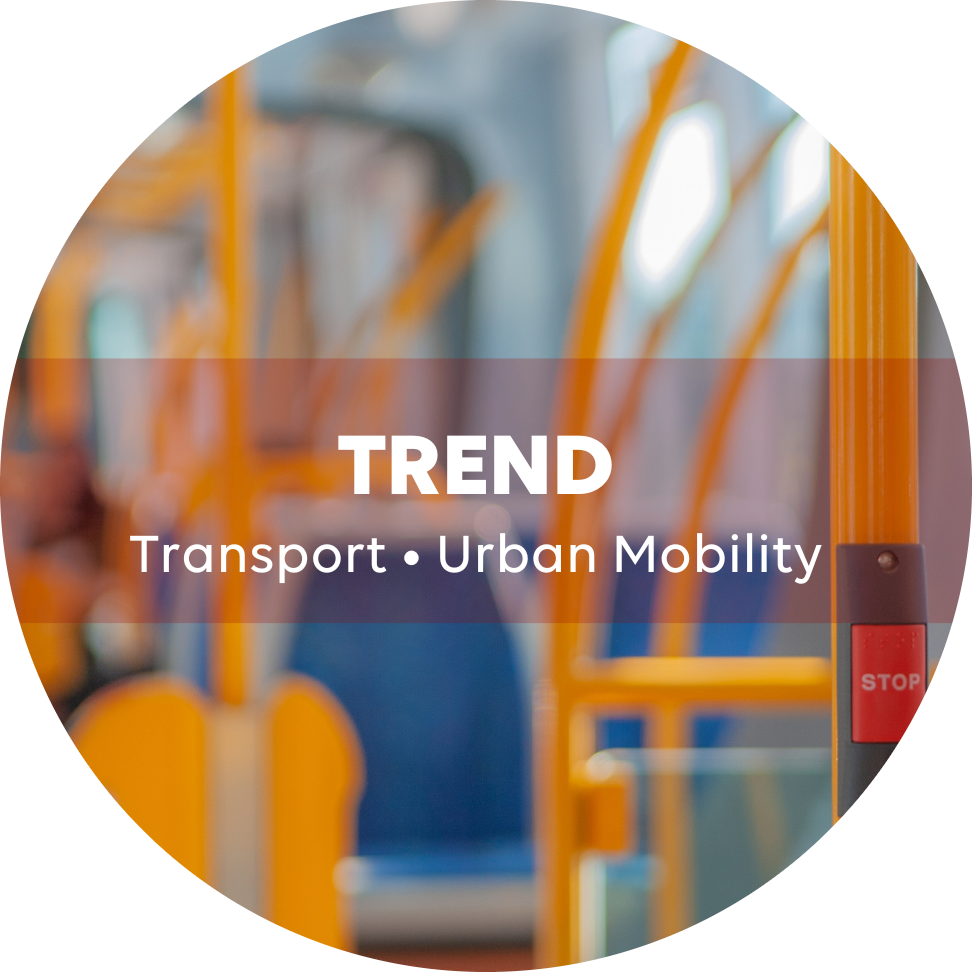Transport • In cities, the effects of the pandemic reveal a concentrated low-carbon mobility market
The organization of urban mobility is a key jurisdiction of local governments and ideal for testing out climate policies. In 2020, the pandemic jeopardized some of these strategies by putting numerous public transport operators in untenable financial situations, yet it also accelerated the adoption of softer forms of mobility.

The organization of urban mobility is a key jurisdiction of local governments and ideal for testing out climate policies. In 2020, the pandemic jeopardized some of these strategies by putting numerous public transport operators in untenable financial situations, yet it also accelerated the adoption of softer mobilities, especially the roll-out of cycling infrastructure – to the point that the global bicycle market is struggling to satisfy demand, entailing the longest delivery times on record. The urban mobility resurgence currently revolves around concentrated hubs of dominant players.
Two years after the start of the Covid-19 pandemic, the impacts of lockdowns are still putting pressure on the organization of urban transportation and mobility, while benefitting established companies.
- With the drop in their revenues, transport operators have had to adapt to a slow rebound in usage.
- Nevertheless, the electrification of buses continues and, having conquered China, is entering new markets in Europe and Latin America, led by the omnipresent manufacturer BYD.
- As the key measure marking the resilience of urban mobility, the bicycle is starting to pay the price of its success generated by soaring demand and municipal investments in cycling infrastructure.
- All around the world, bicycle users and sellers are having to cope with long delivery times and shortages of spare parts, in a market with only a few manufacturers.
- This market concentration can also be observed among emerging companies in the free-floating sector, dominated by a handful of players that are moving into a growing number of urban areas and absorbing their smallest competitors.



